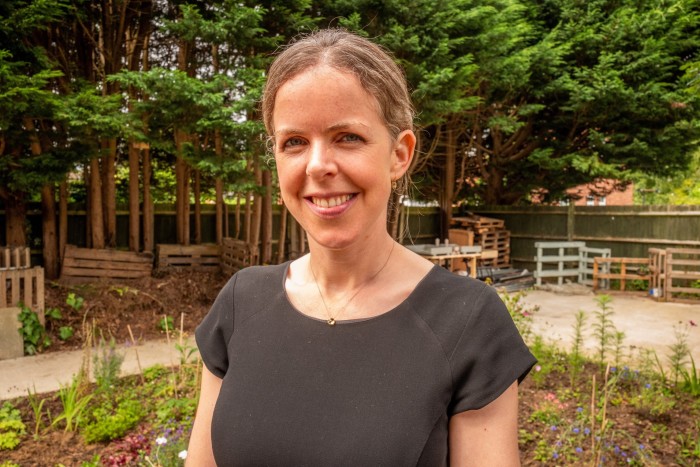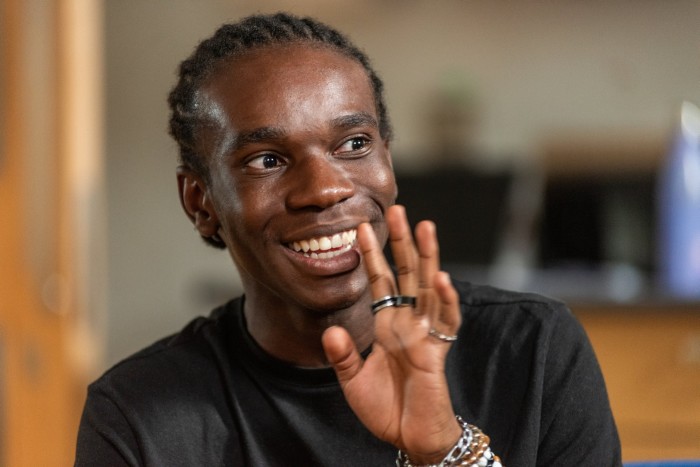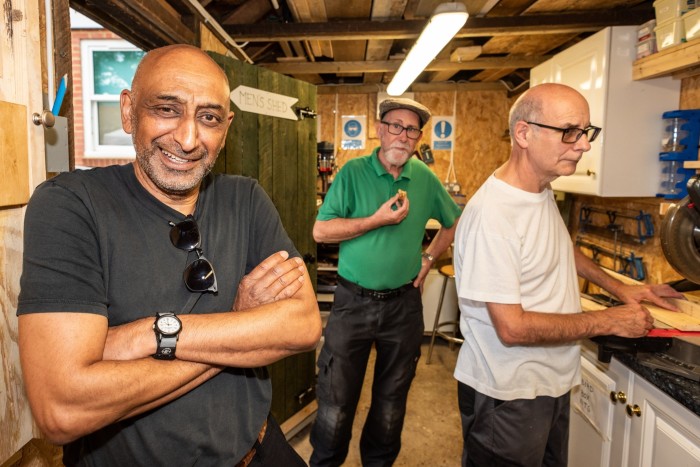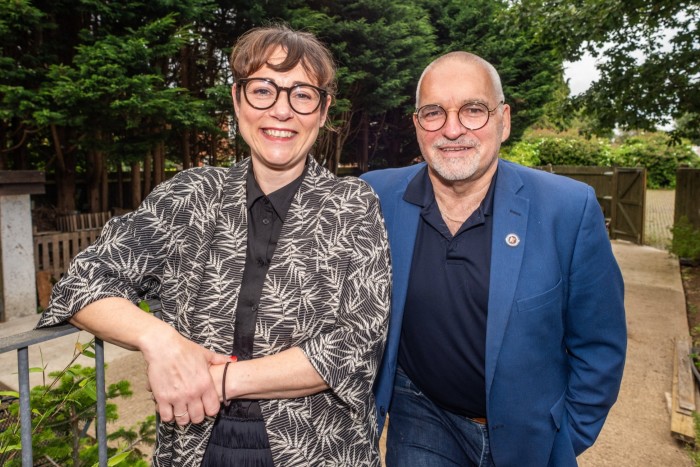
At a YMCA in the Surrey commuter town of Horley, a group of teenagers are bonding over a shared love of music at a creative arts group that offers an escape from the stress-inducing world of social media.
Less than half a mile away, men some 50 years their senior are undertaking carpentry projects, or simply enjoying one another’s company, part of the “Men in Sheds” movement that has been proven to ease the corrosive effects of loneliness on mind and body.
To the average Briton, raised to expect their free-to-use NHS to patch up their broken bones, cure their cancers and manage their chronic conditions, this may not look like healthcare.
But, as the Labour government seeks to move the focus of the NHS from treating disease to preventing it, the Growing Health Together initiative may offer a glimpse into the future.
Paul Corrigan, one of two officials commissioned to develop a 10-year plan for the NHS, last year praised the initiative for its “innovative ways of working”. It recognised the need “to tend to the building blocks of health rather than just medicine — to bring just as much focus to housing, social connection, cultural expression and trust”, he wrote.
The project is the brainchild of local GP Gillian Orrow, who had observed that her wealthier patients, such as bankers, could afford to take her advice about how to improve their health — in some cases successfully reversing diabetes and hypertension. But even in one of the richest counties in England, most people “did not have that luxury”, she said.

Local authorities, schools, charities, the police, faith groups, businesses, and even farmers and landowners — all are now working alongside local Surrey GPs, pooling staff, facilities and funding to support activities that promote better health.
Many countries are similarly seeking to shift their health systems towards disease prevention as they try to reduce the spiralling costs of care. Lord Nigel Crisp, chief executive of England’s NHS between 2000 and 2006, said what distinguishes the Surrey project is the extent to which it is drawing ideas from people who live and work in the area.
“People at the top of [organisations like the NHS] talk in terms of systems and strategies and plans, whereas people at the bottom talk about purpose and meaning and wanting to make things better for their community,” Crisp added.

The bottom-up approach is exemplified by 20-year-old Emmanuel Idajili, a multi-creative artist, who came up with the idea for the creative arts group after realising that many teenagers lacked a platform to showcase their talents. “It’s very beautiful, because you get to see how . . . creatively they can push themselves if you just give them space,” he said.
The attendees agreed that depression was a big problem for their age group. One 16-year-old noted the “isolating” effects of social media and added: “As you get older, you start to be more aware of other people around you, and they kind of affect your mental state . . . It’s really important to just try and believe in yourself” — a process aided by being part of the group, he said.
Patrick Quirin, the moving force behind the Men in Sheds group, missed the easy camaraderie he had enjoyed during a career in the armed forces and believed other men also needed a place to connect with one another. Describing how bonds have been forged, he joked: “We’re comfortable enough to annoy each other.”
David Walsh, who lives on his own having retired from his job at Gatwick airport, said the weekly gathering had given him something to look forward to, and an opportunity to impart his woodworking skills to others.
“If you’re feeling low . . . you come here, you can react with people and if you’ve got a little problem you can talk it over with another guy. If we get a lady present, we’ve found a lot of the men keep quiet,” he added.

Data is already demonstrating the power of this grassroots approach to ease pressure on the wider health system.
Orrow gives the example of an exercise class set up in a nearby village. In a sample of 15 attendees who gave consent to have their patient notes reviewed, “the GP appointments went down, the amount of practice administration done for each of those patients as a cohort went down”, as did blood pressure, weight, body mass index and diabetes markers, she said.
Mari Roberts-Wood, managing director of Reigate and Banstead Borough Council, which partners with Growing Health Together, said: “It’s about putting . . . money in the hands of people who know how to do something with it that’s going to work, which isn’t necessarily all of us [officials]”.

What has long held back efforts to move to a preventive model is the difficulty of ringfencing funds for this work, given the huge day to day demands on the NHS. New analysis by the Health Foundation shows that, for the five years before the pandemic, government spending on healthcare prevention fell by 2 per cent in real terms, while spending on hospitals rose by 10 per cent.
Surrey’s Growing Health Together project is largely funded by the Better Care Fund, which pools elements of health and social care funding with the aim of relieving pressure on both sectors. Additional money has been contributed by the local Primary Care Network, which represents 18 GP practices across East Surrey.
The funding can sometimes feel “a little bit precarious”, says Orrow. Richard Biggs, leader of Reigate and Banstead Borough Council, laments how hard it can be to demonstrate the impact of preventive projects, in a system set up to measure more concrete outputs. “We’re talking about social value. And how do we put a price on social value?”
Orrow is in no doubt that the work she and her colleagues are doing will save the NHS much-needed cash. But she adds: “First and foremost, we do it because it feels like it’s the right thing for our patients.”